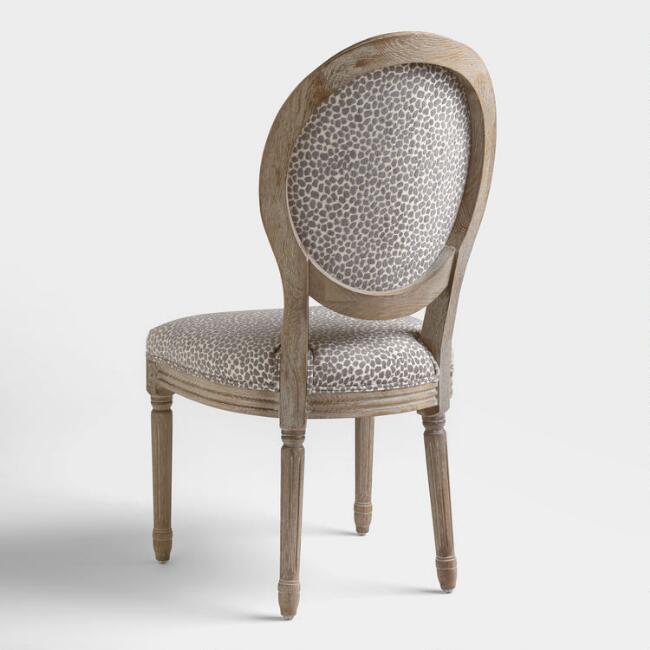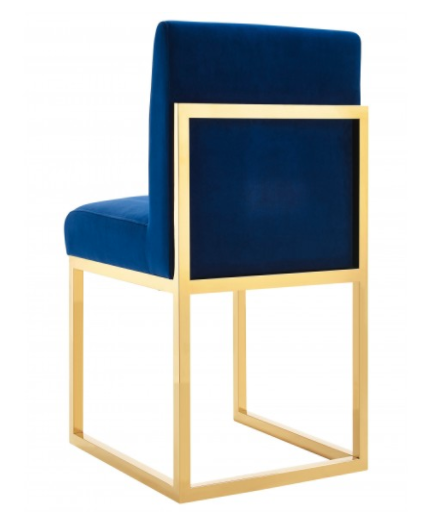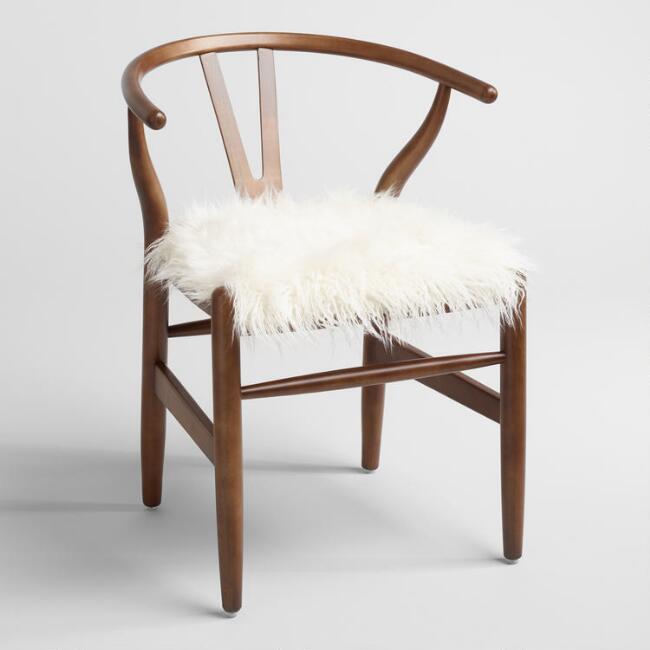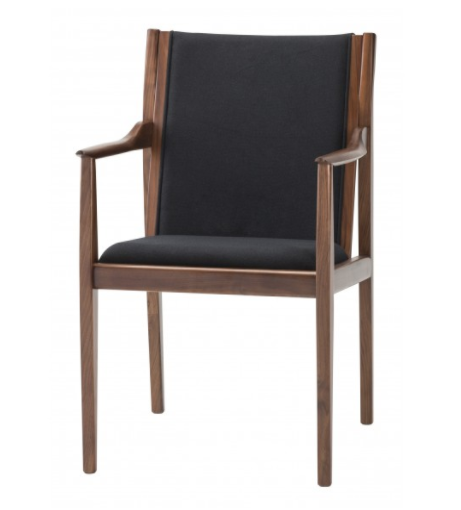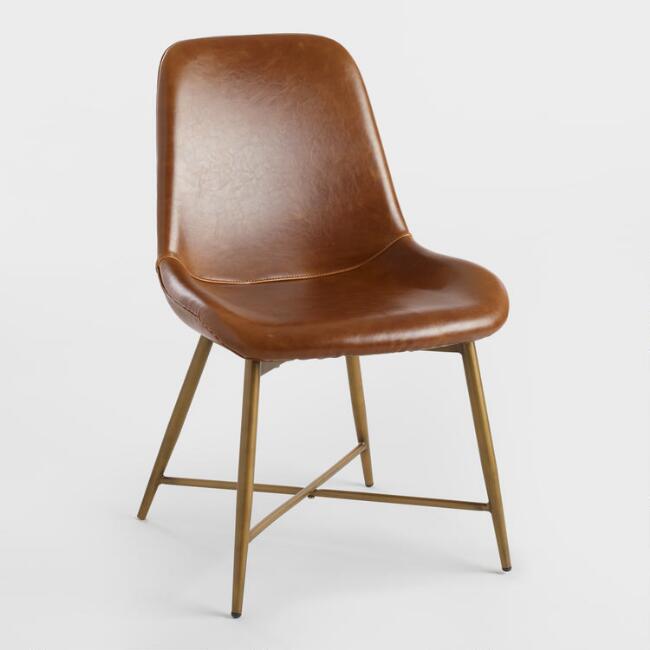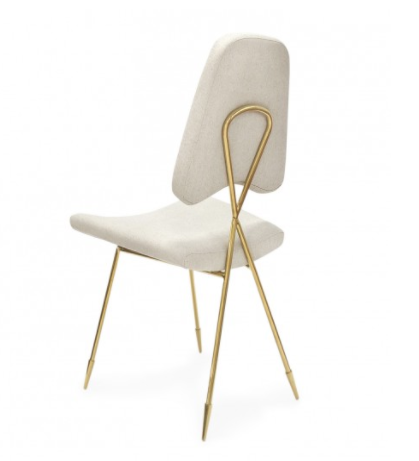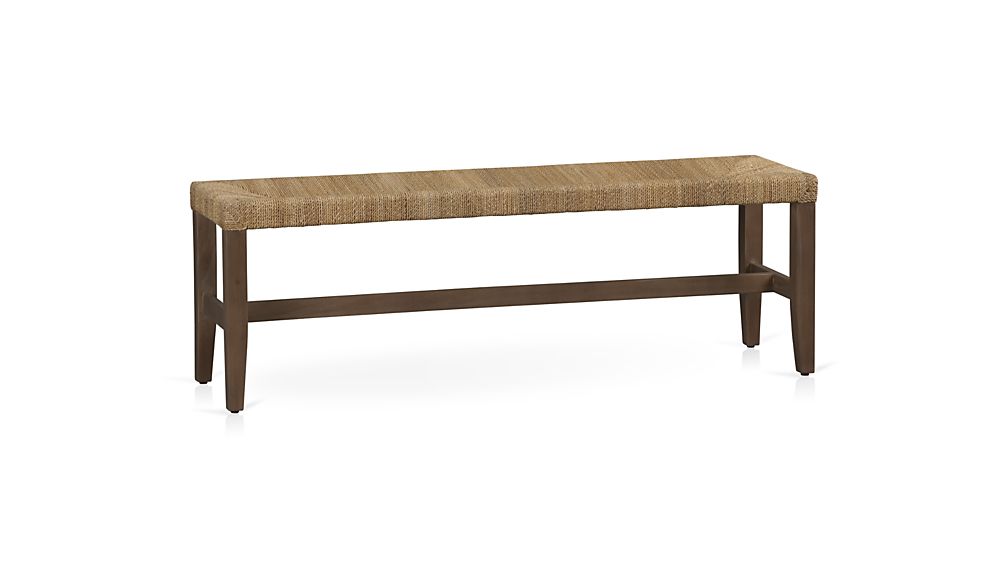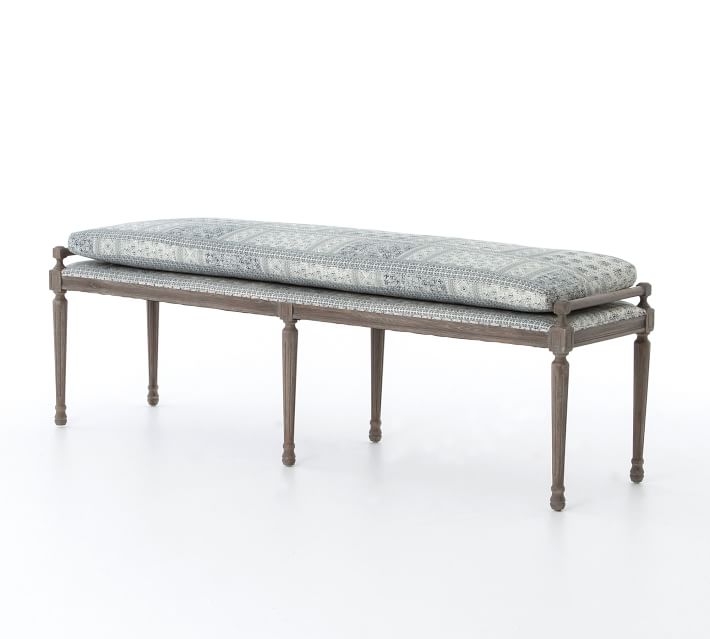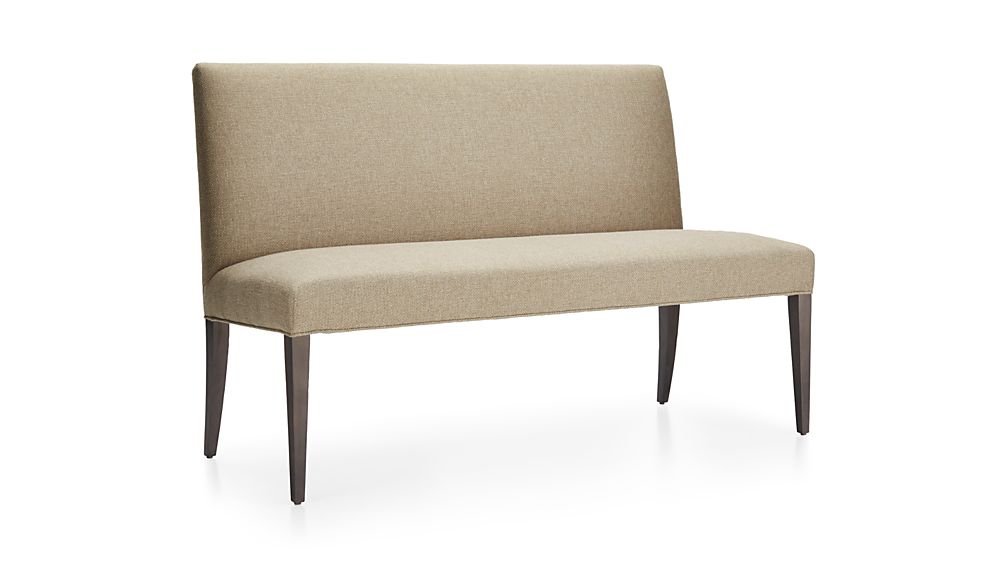Easy Dining Room Measurements
I grew up in a household where it was rare that our dining room table wasn’t set. Nothing fancy, like a full on tablescape; but because in just about every home we lived in there was always a dedicated dining space, I just never grew up seeing a dining room be anything but a dining room — nothing was in there that didn’t belong in there.
Now that I have my own dining room, I am obsessed with keeping it in order — it’s not a place for doing work, but instead for conversation, eating, and hostessing… not that I have many guests, but in my mind, you never know.
I’ve always loved checking out dining room vignettes in showrooms and/or on Pinterest, so now that I have my own dining room, I don’t know what to do with myself.
So why do you care? Well because maybe you’re trying to figure out how the heck to start setting up your dining. Maybe you just moved and like me, you can’t wait to start pulling it all together; or maybe you’ve been in your space for a while but now with the holidays lurking, you’re realizing, “Oh shoot! Thanksgiving is HERE this year!”
Wherever you are in your design journey, there are some key basics that you need to know to get your dining situation situated, especially when it comes to measurements so that you get the appropriate pieces that fit the space as much as they fit your lifestyle.
So let’s get right into it.
First thing to keep in mind is, whether this is your everyday dining area or something more formal, your dining room needs to comfortable for moving around, entertaining, and relaxing. People tend to simply think that you can just throw a table, some chairs, and maybe or sideboard or armoire in a room & tada! Guess what…furniture does not a room make.
With this in mind, you want to ensure that you’re maximizing the use of your space. You want to measure the space, be it an enclosed room or an open concept.
Then you want to think about how many people you'd like to be able to seat — are you a small family of 4 or do you love to throw large dinner parties or a regular basis? This’ll definitely be the difference between getting a “regular” table or one that extends.
Do you plan on having storage? If so, what kind — a sleek, modern sideboard? Or a more traditional buffet with a large footprint?
Other things that play a role in the use of space are:
Tablescaping
This’ll define how many people your table can accommodate — i.e. the number of flatware and/or drinkware, and the use of tablecloths versus placemats
Leg/Base Style
Getting a pedestal or trestle style table allows for more clearance around the table for seating
Seating Style
You want to allot c. 2’ for each person, so using an armchair versus an armless chair will affect this; but by incorporating the use of benches, you can also make better use of the space
What all exactly are you measuring?
Your Table
There are a lot of options when it comes to choosing a table personally, I start off with two things in mind -- the shape & the number of seating. When choosing our dining table, for example, I knew I wanted a round table because I prefer the softness of a round table versus the sharp edges of a square or rectangle. I also knew I didn't need to seat any more than really 4 at a time because we're a family of 3 and very seldom have people over, especially being new on the West Coast -- we know 4 people & they'll never be here at once. BUT in the off chance that we hosted a dinner party for 6, in knowing I wanted a round table, I also knew I wanted a pedestal style table -- that is to say one central point of support.
Once you know the shape you want & how many people you want to seat, the rest is relatively easy!
Knowing these key things keep you focused on just those & not haphazardly browsing every single dining table ut there -- trust me there's A LOT! For example, people tend to forget that there are also different table HEIGHTS. Yes, there are standard dining room table heights, but depending on your aesthetic preference and/or lifestyle, you may not want "standard".
Your Lighting
Lighting may not always be in your control depending on if you own our rent; however, if you're the latter, know that all isn't lost with some very cool screw-in pendant lights.
When considering your lighting, you want to start with your overhead lighting then layer in around the room where necessary.
Starting with ceiling lighting allows you the maximize the amount of [artificial] lighting the space will be getting because no one wants to be that one person eating in the shadows.
Your Rug
Whether you have hardwoods, laminate, or carpeted flooring rugs are a great way to anchor (and zone off) your dining space. It can also be the launching point for the overall aesthetic of the space if you're still undecided.
When measuring your rug, use your table as your guide. You want all the legs -- tables & chairs -- to fit on the rug, so allow c. 2' from the edge of the table to the edge of the rug. Ideally, you want the chair legs to fit on the rug even when the chairs are pulled out.
Your Seating
You may be wondering why this is separate. I am not a fan of dining sets -- or any sets really. Purchasing chairs that some manufacturer didn't design with the table allows you to really personalize the space, introduce more character, and add visual interest. That's what interior styling is all about!
Now that I've converted you to my way of thinking, when shopping around for your seating, you want to be mindful of the height -- not only should it correspond to the table height you've chosen, but you want to ensure that there's enough clearance in case the table has an apron and/or the chairs have arms.
It's not a pretty sight when you go to tuck in your chair only to have the arms slapping the edge of the table.
When considering seating, if space is limited but you want to comdofrtably accomodate as many people as possible, dining benches will be your best friend.
Your Tablescape
Now while you aren't necessarily "measuring" your place settings, as I mentioned, you want to be mindful of how you'll be setting your table. You want enough depth for the basics -- c. 30" depth -- but if you know you'll want space to accommodate serveware, for example, 36" depth is ideal.
Think about things such as serveware, drinkware, flatware, decorative accents, and textiles... they can be the difference between a comfortable set table and a set up that looks cramped & cluttered.
























